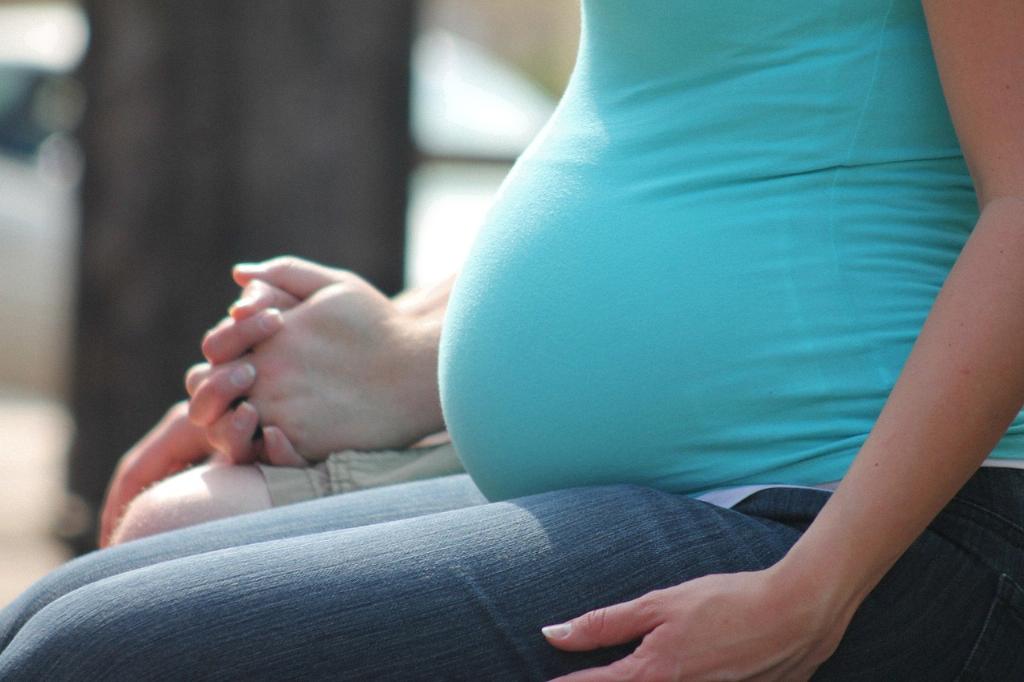When it comes to pregnancy ultrasounds, understanding the concept of viability is crucial. In the realm of obstetrics, viability specifically pertains to the stage at which a fetus can potentially survive outside of the uterus. This milestone is significant in determining the health and progress of a pregnancy.
Factors Influencing Viability
Viability in pregnancy ultrasound is influenced by various factors such as gestational age, fetal development, and the overall health of the mother. As the pregnancy progresses, the likelihood of the fetus surviving outside the womb increases, signaling a positive outlook for both the baby and the mother.
The Role of Ultrasound in Assessing Viability
Ultrasound plays a vital role in evaluating viability during pregnancy. By providing real-time images of the fetus, an ultrasound enables healthcare providers to assess the growth and development of the baby, as well as crucial indicators of viability such as heartbeat and movement.
Early Pregnancy Viability
In early pregnancy, viability in ultrasound scans is determined by factors like the presence of a gestational sac, yolk sac, and fetal pole. These early indicators help healthcare providers assess the progression of the pregnancy and the potential for a healthy outcome.
Viability in the Second Trimester
During the second trimester, viability in pregnancy ultrasound shifts to focus on the fetus’s ability to survive outside the uterus. It is a critical stage where the baby’s organs continue to develop, and healthcare providers monitor closely for any signs of complications that could affect viability.
Signs of Viability on Ultrasound
Signs of viability on ultrasound include a visible heartbeat, fetal movement, and appropriate growth for the gestational age. These positive indicators reassure healthcare providers and expectant parents that the pregnancy is progressing well and the baby is thriving.
Viability in the Third Trimester
As the pregnancy reaches the third trimester, viability takes on a new meaning in ultrasound scans. At this stage, healthcare providers assess the fetus’s chances of survival if delivered prematurely. Monitoring factors like lung development becomes crucial in determining viability outside the womb.
Challenges in Assessing Viability
Despite advancements in ultrasound technology, assessing viability in pregnancy remains a complex task. Factors such as maternal health conditions, genetic abnormalities, and placental issues can impact the fetus’s viability, posing challenges for healthcare providers.
Emotional Impact of Viability Assessments
For expectant parents, the assessment of viability in pregnancy ultrasounds can evoke a range of emotions. The significance of these scans in determining the well-being of the fetus and the pregnancy outcome can create feelings of anticipation, anxiety, and hope for a positive result.
Hope and Preparation for Viability
While assessing viability in pregnancy ultrasounds can be a daunting process, it also offers hope and a sense of preparation for expectant parents. Understanding the factors influencing viability and the role of ultrasound in monitoring the baby’s progress can empower parents to make informed decisions about their pregnancy.
Conclusion
In conclusion, viability in pregnancy ultrasound encompasses the assessment of the fetus’s chances of survival both inside and outside the uterus. Understanding the factors that influence viability, the role of ultrasound in monitoring progression, and the emotional impact of viability assessments can provide expectant parents with valuable insights into their pregnancy journey.

